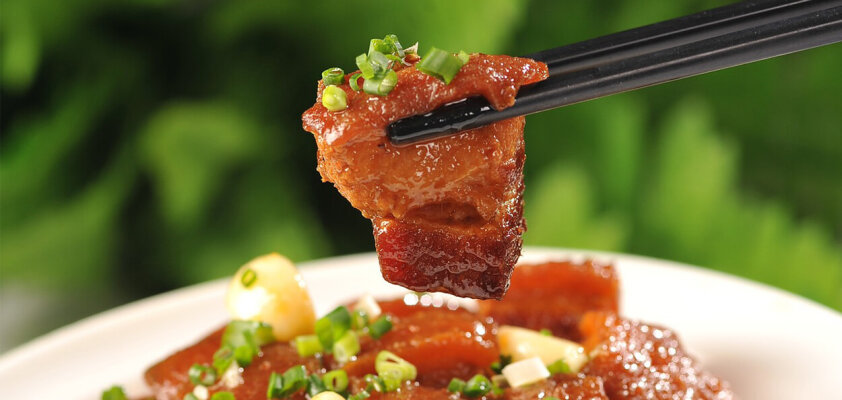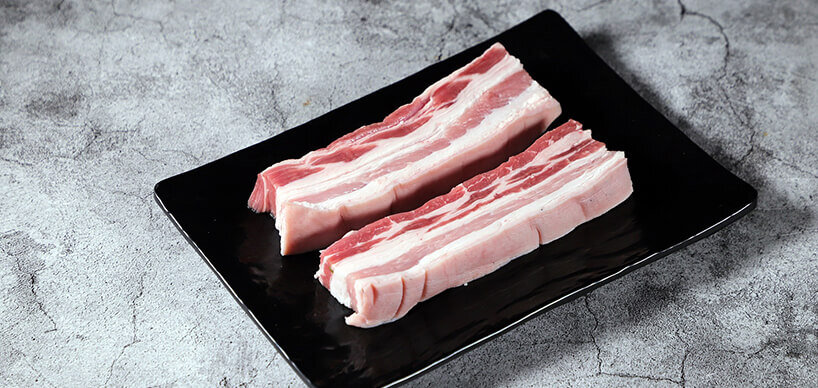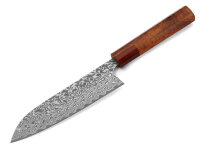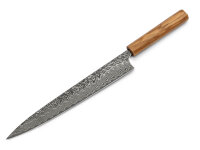Buta No Kakuni - Japanese-style braised pork belly

The traditional recipe for this Japanese dish requires two days of preparation time. For busy individuals, this dish may not be practical for everyday cooking. Therefore, we present you with a variation of Buta No Kakuni 豚の角煮 (Japanese "slow-cooked pork belly cubes") that can be prepared relatively quickly. The result is as tender as the original, and the slow simmering and washing off excess fat create a rich but not overly fatty meal.
Buto No Kakuni - the classic in Asian cuisine
This recipe originates from Chinese cuisine and is particularly popular among adults. The buttery tender pork belly, simmered in a savory-sweet sauce over an extended period, literally melts in your mouth and tastes wonderful as a topping for ramen, as a side with rice and vegetables, or on its own! Braised pork belly is often featured on the menu at Izakayas in China or Japan—a type of casual pub or gastropub that serves as a popular spot for friends and colleagues to gather after work, eat, drink, and celebrate.
Recipe for 4 portions of Buta No Kakuni
 4 portionsNo. of persons
4 portionsNo. of persons
 ca. 2 hoursTotal Time
ca. 2 hoursTotal Time
 middleLevel of difficulty
middleLevel of difficulty
 main mealDish
main mealDish
 ca. 700kcal per portionCalories
ca. 700kcal per portionCalories
 Meat
Meat
 Alcohol
Alcohol
 Kitchenware
Kitchenware

|
400g
Pork
|
|
2 tablespoon
flour
|
|
1 tablespoon
fresh ginger juice (grate fresh ginger tubers and collect the juice)
|
|
2 tablespoon
soy sauce
|
|
2 tablespoon
sake
|
|
2 tablespoon
mirin (Japanese seasoning sauce)
|
|
1 teaspoon
sugar
|
|
2 tablespoon
oil (preferably rapeseed oil or olive oil)
|
|
black pepper
|
|
Garnish with a spring onion, fresh herbs or fine strips of seaweed
|

Prepare the Side Dish
Traditionally, rice is served as a side dish with this recipe. It can be easily prepared in a rice cooker in a short amount of time. Alternatively, cooking steamed rice is quick and simple: 1 cup of rice is rinsed and then simmered with 1.5 cups of water and a pinch of salt. After bringing it to a brief boil, let the rice continue cooking for about 10 minutes on low heat with the pot lid closed. Allow it to rest with the heat turned off, and the side dish is ready.
















-from-the-yakiyaki-grill-pan.jpg)




